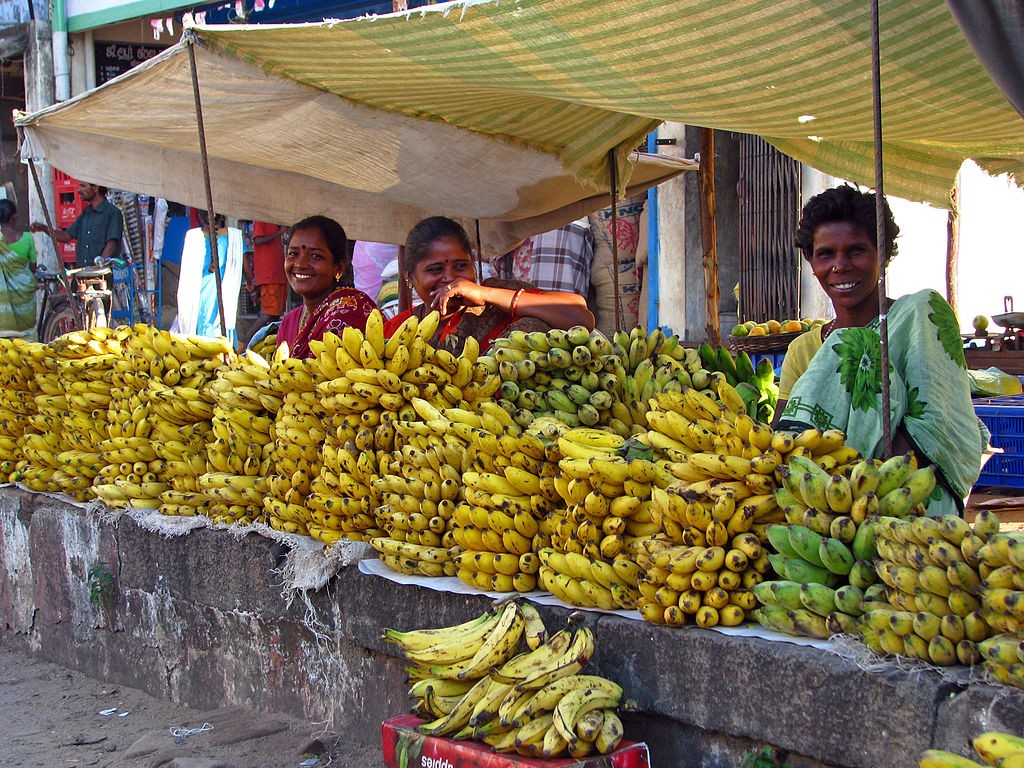Potatoes reborn as insulation, peanuts processed into partition boards and mushroom bricks that grow in five days – just some of the ways the building trade could change its wasteful ways and construct virtuous new cities.
In a report released on Wednesday, international engineering firm Arup set out novel ways for an industry that devours raw materials to cut waste.
“We need to move away from our ‘take, use, dispose’ mentality,” Guglielmo Carra, European lead for materials consulting at Arup, said in a statement.
“What we need now is for the industry to come together to scale up this activity so that it enters the mainstream.”
Arup said common organic food waste such as bananas, potatoes and peanut shells could be refigured into building materials to cut food waste and lower carbon emissions.
The global construction industry is one the world’s largest users of raw materials, with cement production alone responsible for an estimated 5 percent of carbon emissions, more than the airline industry.
Countries such as India are pushing to create “green homes” while aluminium smelters are responding to the demands of regulators and developers to produce low-carbon materials.
Traditionally, food waste is managed through landfill, incineration and composting. But the design and engineering firm said if food waste could be diverted and reused, it could become a key architectural resource.
Waste not
More than 40 million tonnes of dried organic waste from agriculture and forestry were produced in Europe in 2014, according to Arup, with the amount growing each year.
Along with using food waste, the report explored the creation of novel building materials such as mushroom bricks that take five days to grow and cultivated micro-algae facades, along with manufacturing processes that use 3D printing.
About a third of food produced around the world is never eaten because it is spoiled after harvest and in transportation, or thrown away by shops and consumers.
The report by Arup is part of a wider bid to encourage the so-called “circular economy” across the construction industry.
This was originally published by Eco Business.





